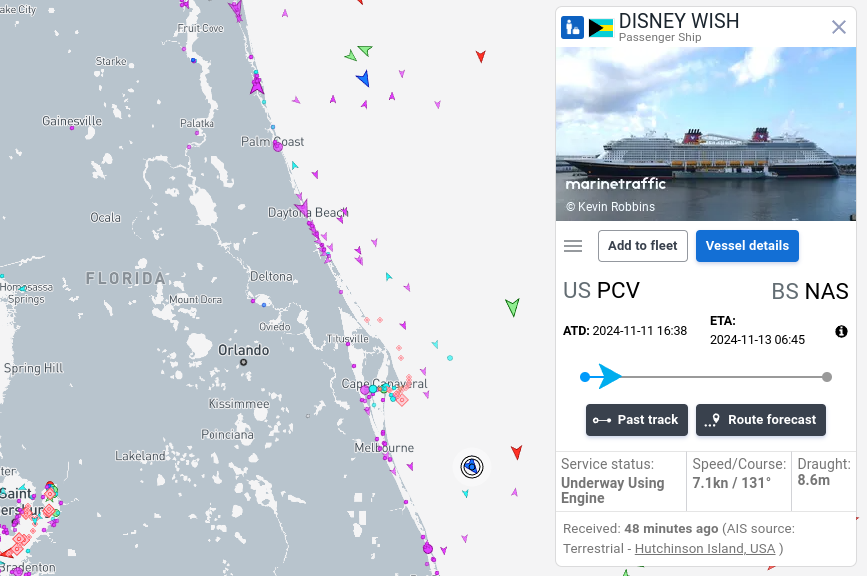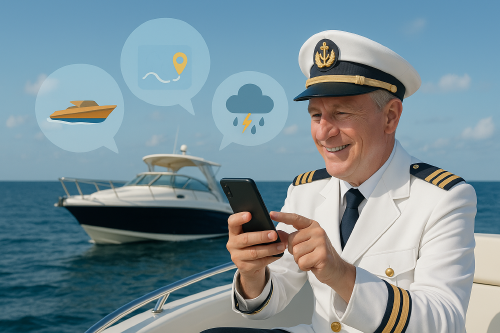The maritime world has witnessed significant advancements in navigation and safety technologies over the years. One such innovation that has revolutionized the way boats navigate and communicate is Automatic Identification System (AIS) technology. In this article, we will delve into the world of AIS, exploring its history, functionality, benefits, and applications for boats of all sizes.
History of AIS
AIS was first introduced in the early 2000s as a mandatory safety requirement for commercial vessels under the International Maritime Organization’s (IMO) Safety of Life at Sea (SOLAS) convention. The primary objective was to enhance maritime safety by providing real-time information about nearby vessels, reducing the risk of collisions and aiding search and rescue operations.
How AIS Works
AIS operates on VHF frequencies, using a combination of GPS, VHF radio, and electronic charts to transmit and receive vessel information. This data includes:
- Position (latitude and longitude)
- Course and speed
- Heading
- Vessel name and type
- MMSI (Maritime Mobile Service Identity) number
- Navigation status (e.g., underway, anchored, or moored)
AIS devices transmit this information every few seconds, allowing nearby vessels and shore-based stations to receive and display the data on electronic charts or dedicated AIS displays.
Types of AIS Devices
There are two primary types of AIS devices:
- Class A AIS: Designed for commercial vessels, these devices transmit and receive data, providing detailed information about nearby vessels. Class A AIS devices are typically more expensive and complex.
- Class B AIS: Suitable for recreational boats, these devices transmit less frequent updates and provide basic information. Class B AIS devices are more affordable and compact.
Benefits of AIS for Boats
AIS technology offers numerous benefits for boat owners and operators:
- Enhanced Safety: AIS reduces the risk of collisions by providing real-time information about nearby vessels.
- Improved Navigation: AIS integrates with electronic charts, enabling vessels to visualize surrounding traffic.
- Increased Situational Awareness: AIS provides vital information about nearby vessels, helping boat operators make informed decisions.
- Search and Rescue: AIS facilitates quick location and rescue of vessels in distress.
- Regulatory Compliance: AIS meets IMO and US Coast Guard requirements for commercial vessels.
AIS Applications for Recreational Boats
While AIS was initially designed for commercial vessels, recreational boat owners can also benefit from this technology:
- Collision Avoidance: AIS helps prevent accidents in crowded waterways.
- Anchoring and Mooring: AIS assists in monitoring nearby vessels while anchored or moored.
- Fishing and Sailing: AIS enhances situational awareness, allowing boat operators to navigate safely around commercial traffic.
- Cruising: AIS provides peace of mind when navigating unfamiliar waters.
Choosing the Right AIS Device
When selecting an AIS device for your boat, consider the following factors:
- Class A or Class B: Determine whether you need a commercial-grade Class A or recreational Class B device.
- Transmission Power: Choose a device with sufficient transmission power for your needs.
- Antenna Selection: Ensure the antenna is suitable for your vessel’s size and installation requirements.
- Integration: Consider devices that integrate with existing navigation systems.
- Budget: AIS devices vary significantly in price; set a budget and choose accordingly.
Installation and Maintenance
Proper installation and maintenance are crucial for AIS device functionality:
- Professional Installation: Ensure installation by a certified technician.
- Regular Software Updates: Keep your AIS device software up-to-date.
- Antenna Maintenance: Regularly inspect and clean the antenna.
Online AIS Platforms
Websites like (link unavailable), AIS Live, and VesselFinder provide real-time AIS data, allowing users to:
- Track vessel movements globally
- Monitor maritime traffic in specific regions
- Access historical AIS data for analytical purposes
- Set up custom alerts and notifications
Future Developments in AIS Technology
The maritime industry continues to evolve, with AIS technology at the forefront:
- AIS 2.0: Next-generation AIS devices will offer enhanced functionality and increased accuracy.
- Integration with Other Systems: AIS will integrate with emerging technologies, such as autonomous vessels and IoT.
- Increased Adoption: AIS will become more widespread among recreational boat owners.
Conclusion
AIS technology has revolutionized maritime safety, providing boat owners and operators with vital information to navigate crowded waterways. By understanding the benefits, applications, and considerations for AIS devices, recreational boat owners can enhance their safety and enjoyment on the water. As the maritime industry continues to evolve, AIS will remain a crucial component of safe and efficient navigation.



Use the share button below if you liked it.